While checking prices of table tennis
Magic Eraser is used for a lot of different things, but some table tennis players in Japan say that it helps them spread the glue more evenly and with less mess that can be involved in the process of attaching table tennis
I haven’t tried this myself yet, but I have used Migaki-kun for cleaning and what these players say makes sense.
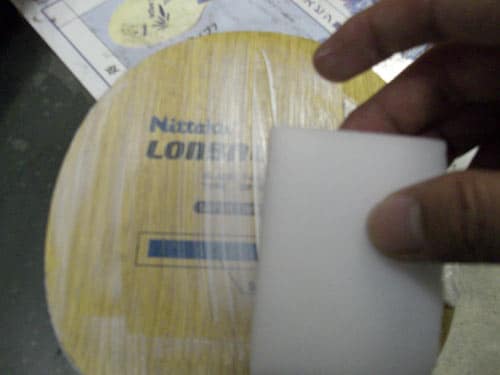
The picture above is a picture of someone using Magic Eraser to spread glue onto a table tennis blade.
Table of Contents
Toggle
Nittaku Finezip and Other Table Tennis Rubber Glue for Rackets
One important part of using a different type of table tennis
This is because of their harmful odors. Any glues containing VOC’s or volatile organic compounds are banned. When buying a glue, look for something that says “VOC free” or “legal under new ITTF rules”.
My family uses Nittaku Finezip Glue but there are lots of other brands available on the market that work well. We have used Nittaku for a long time and have never been disappointed.
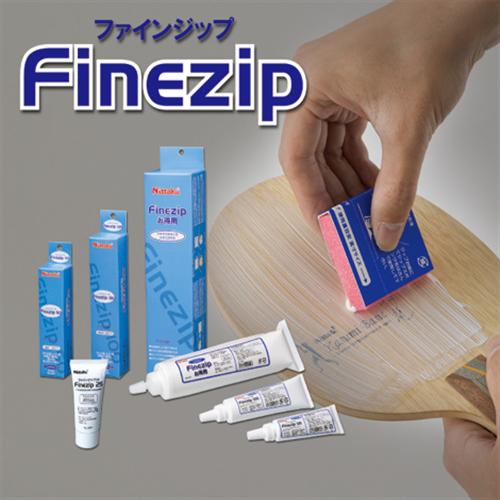
At higher level competitions, there are machines designed to check table tennis rackets for use of illegal glues and substances. It’s best to get the right glue for your equipment.
Changing Table Tennis Rubber in Pictures
There’s a place I often window shop (can I call it “windows shopping” if I use Windows XP?) is the Jasupo Online Table Tennis shop in Japan. They have great resources and prices. However, they are written in Japanese.
Although table tennis
It starts with a photo of what you need: scissors, adhesive, and a roller or something else to stretch and smooth the
Because you want to work with care and then leave the racket undisturbed for at least an hour, you need some space where the racket won’t be moved or disturbed while the glue holding the table tennis
Then you spread the glue evenly on both the
You don’t have to press hard, and the natural weight of your hand should be enough to make the
They suggest holding the scissors still against the edge of the blade and rotating the racket around to cut cleanly. They also recommend opening the scissors widely to make it easier to cut smoothly.
If you want to see the photos and Japanese explanation of how to attach your table tennis
How To Glue Rubbers Sheets
Anonymous writes “Every table tennis player goes through phases in their playing life and although we have different playing levels, we all had to start from the beginning.
Once a player has outgrown the ‘backyard’ type table tennis play and ready to move to more advanced competitive play, the player begins to look at better equipment. Commercial bats are generally good but a customized bat can bring the best in a player.
Using customized equipment is common in every sport. Formula One cars are built to the driver’s height and weight, Ian Thorpe uses a wet suit and many more.
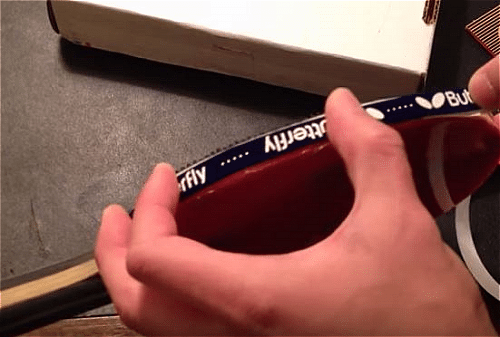
This article describes the process of making your own customized bat by teaching you how to glue rubber sheets to a blade.
Step 1 – Tools of the Trade
Before you begin, you’ll need the appropriate tools in order to glue rubbers.
Step 2 – Preparation
Rubbers fresh from their packaging need to be primed or prepared. Apply a thin layer of glue to the sponge side of the
Step 3 – Getting Ready
Once the glue has dried on the
Step 4 – Attaching the
Once the glue on the blade looks sticky, you are now ready to attach the
Step 5 – Roller
With a roller, gently roll it over the
Step 6 – Cutting
Before cutting the excess
Step 7 – Sanding
Your cut may not be perfect initially and may have some extra rubbers sticking out. That’s fine. You can use sandpaper to smoothen the edges. I recommend the rough, cloth sandpaper.
That’s all there is to it. Make sure you always put side tape to protect your blade.”
How to Clean Table Tennis Rubber Video
Though the young Japanese guy making the video seems a little nervous (there’s even a speech bubble to that effect in the beginning). He does a good demonstration of cleaning the
Most of the people who read this blog have probably done this countless times, but it’s quick and efficient.
Although water and a sponge, or water with a little detergent and a sponge may do the job, they use an unspecified table tennis
Read also: Cleaning tips for ping pong racket

Warren Davies
Hi, I’m Warren Davies, a table tennis addict who loves sharing tips, reviews, and everything you need to level up your game. I’ve spent years playing, testing gear, and geeking out over the sport, and I’m here to make things simple and fun for players of all levels. When I’m not writing, you’ll probably find me perfecting my forehand or trying out the latest paddle.


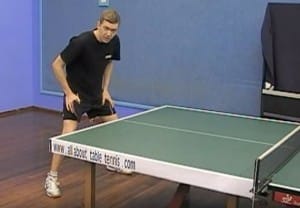
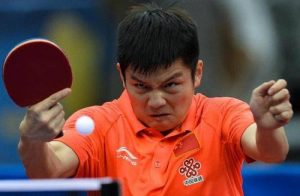
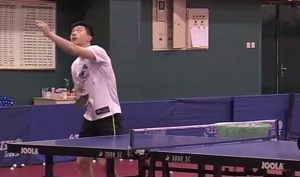
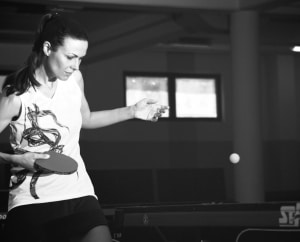
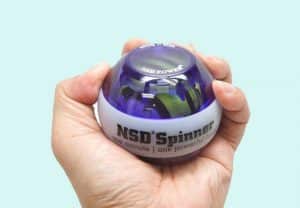
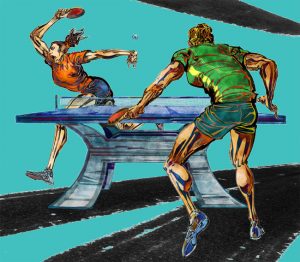
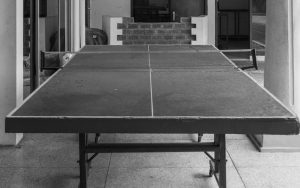
2 thoughts on “How To Spread Glue on a Table Tennis Racket”
Hi guys wassup ?
It is my first time posting here hoe it helps all those who have same problem i have only reglued the sheet twice and it already has shrunk alot what to do?
There are some things we need to know first
What kind of glue did you use? I use speed glue and stretch my rubbers hard, I tend not to have any problems with shrinking, I always keep it clamped and never in hot places like cars.